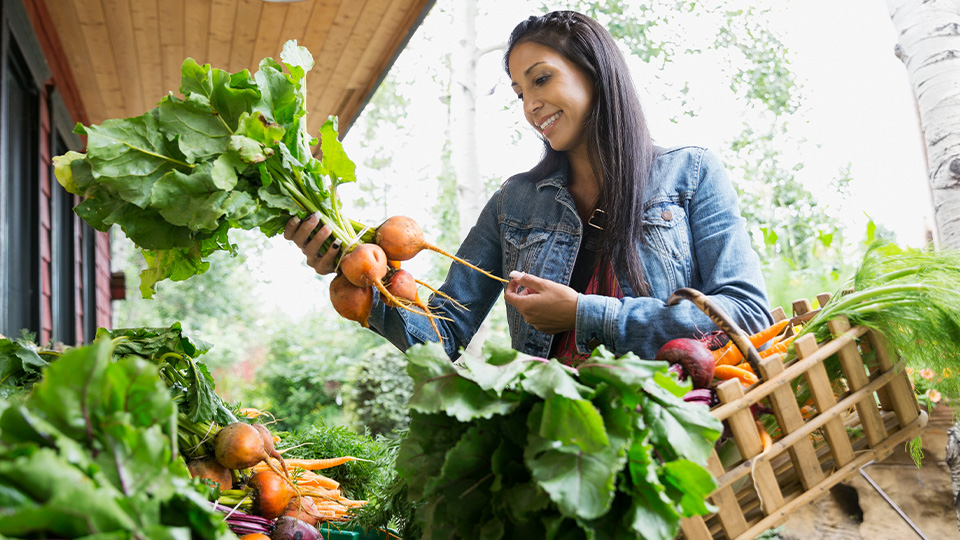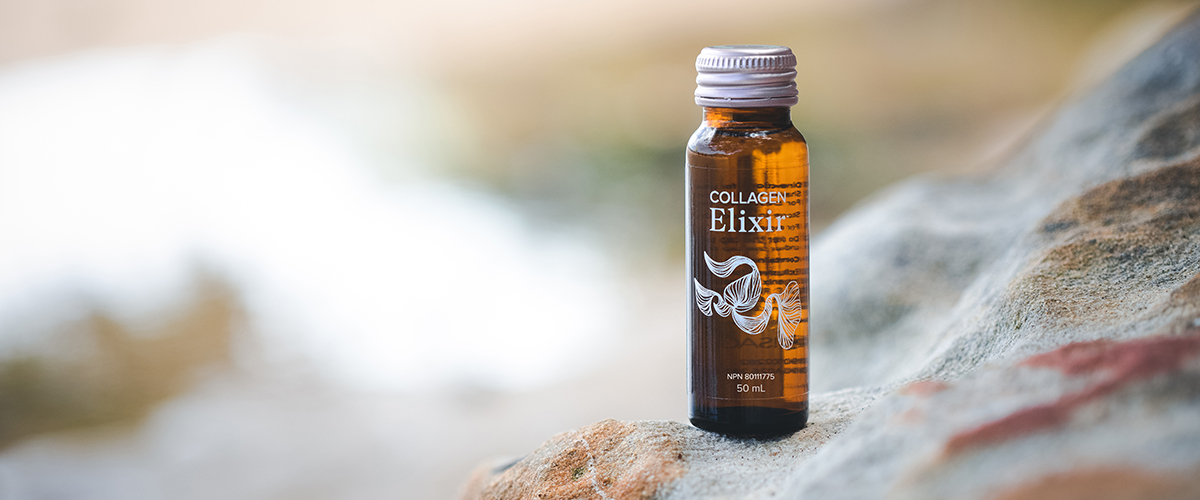Plant-based diets are in, and many people are going meatless for a myriad of reasons. Some are turning to plants because of ethical concerns, while others are experimenting with the health benefits of adding more plant-based foods to their diet. But, no matter the reason, there’s never been a better time to have a plant-based routine than right now.
So, what exactly is a “plant-based” diet, why might it be right for you, and what can you eat when going plant-based? Let’s break it down.
No One True Definition
As the name implies, a plant-based diet incorporates more whole fruits, vegetables, and plant-based proteins into your daily routine, but that doesn’t mean you’re required to go full vegan. Some people do eliminate all animal products, including dairy, from their diet to be fully plant-based, while others try going flexitarian by removing meat from their diet once or more a week to reduce their overall meat intake.
How far down the plant-based rhubarb hole you go is up to you.
Why Try a Plant-Based Diet?
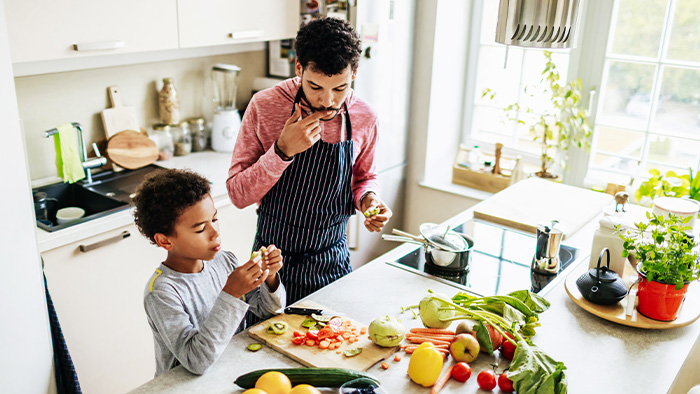
There are so many reasons to give a plant-based diet a shot! It’s all about finding the reason that’s most important to you. For example:
- Whole fruits and vegetables contain phytonutrients not commonly found in other vitamin and mineral supplements.
- People with dairy allergies or intolerances can benefit greatly from a plant-based diet.
- People who struggle to digest meat might have an easier time breaking down plant-based foods.
- Scientists say eating less meat can help contribute to a more sustainable environment.
- Plant-based eating opens a new culinary world and can diversify your overall diet!
What Can You Eat?
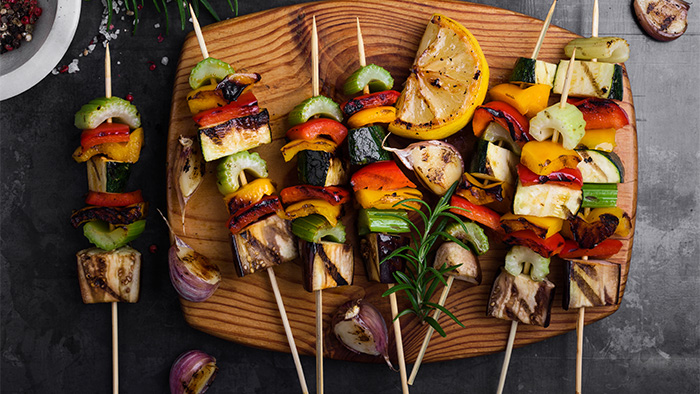
Because there is no one “true” plant-based diet, you’re allowed to bend the rules to find a routine that works best for you. Maybe that means adding some animal protein like fish or eggs, or maybe you want to commit to a strictly vegan diet. These are some of the superfoods that fellow plant-based eaters enjoy most:
- Whole grains: Rice, oats, quinoa, and whole-grain breads and pastas.
- Vegetables: Kale, spinach, peppers, carrots, and more. The goal is to add a variety of different colors to your plate.
- Fruits: Bananas, avocados (that’s a fruit!), apples, and berries, which are especially nutritious.
- Legumes: Black beans, lentils, and chickpeas. Beans are a versatile food in “meat substitutes.”
- Starches: Sweet potatoes, potatoes, and yams.
If cooking full meals with only the ingredients above seems impossible, a savory sweet potato curry or protein-packed kale and quinoa salad will change your mind.
That also leads us into one of the most frequently asked questions about plant-based diets …
How Do I Get Enough Plant-Based Protein?
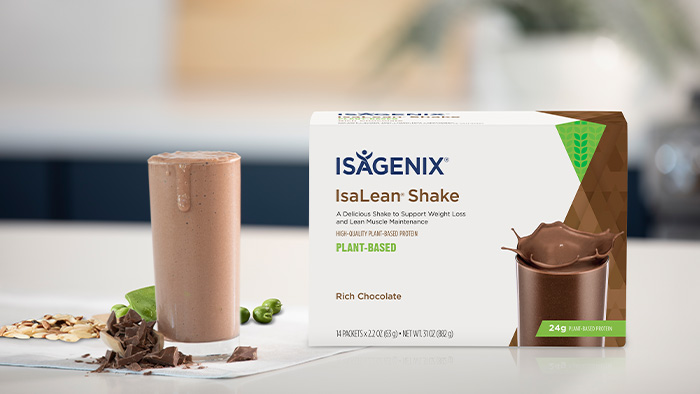
How much protein a person needs depends on all sorts of factors, including age, sex, size, and lifestyle. Protein intake is a common concern regarding plant-based diets. Most of us think of meat and dairy when we think of protein, but plant-based foods are packed with protein, too! You just have to know where to look:
- As mentioned above, legumes are chock-full of protein, and chickpeas are an especially popular protein boost in vegetarian dishes.
- Tofu and tempeh are made from soybeans and are versatile ingredients in plant-based dishes.
- Nuts and nut butters provide a blend of protein and good fats.
- Our shake uses high-quality pea and brown rice protein for a complete meal replacement.
And remember, you’re allowed to bend the rules. Some people will occasionally add eggs and lean proteins like fish and poultry to boost protein intake.
At the end of the day, you have to try a plant-based diet to see if it’s right for you. Even if you’re not ready to commit to a meatless lifestyle, we could all use more whole fruits and vegetables in our lives. The average person in the United States only eats 1.6 servings of veggies per day when we should be eating five!
So, whether you’re grabbing more produce off the grocery shelves or from the superfoods in Organic Greens, a plant-based diet could help you get more of the foods you need.
